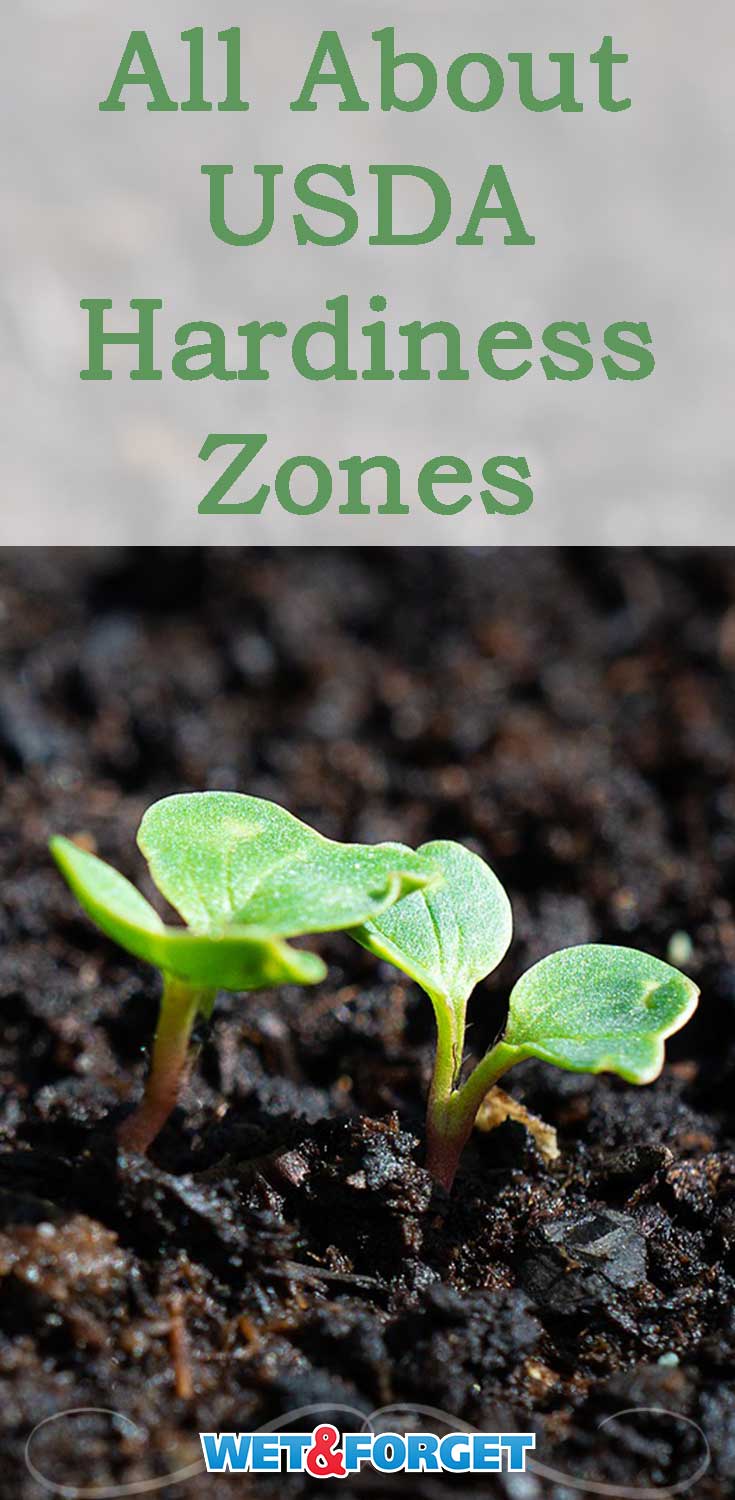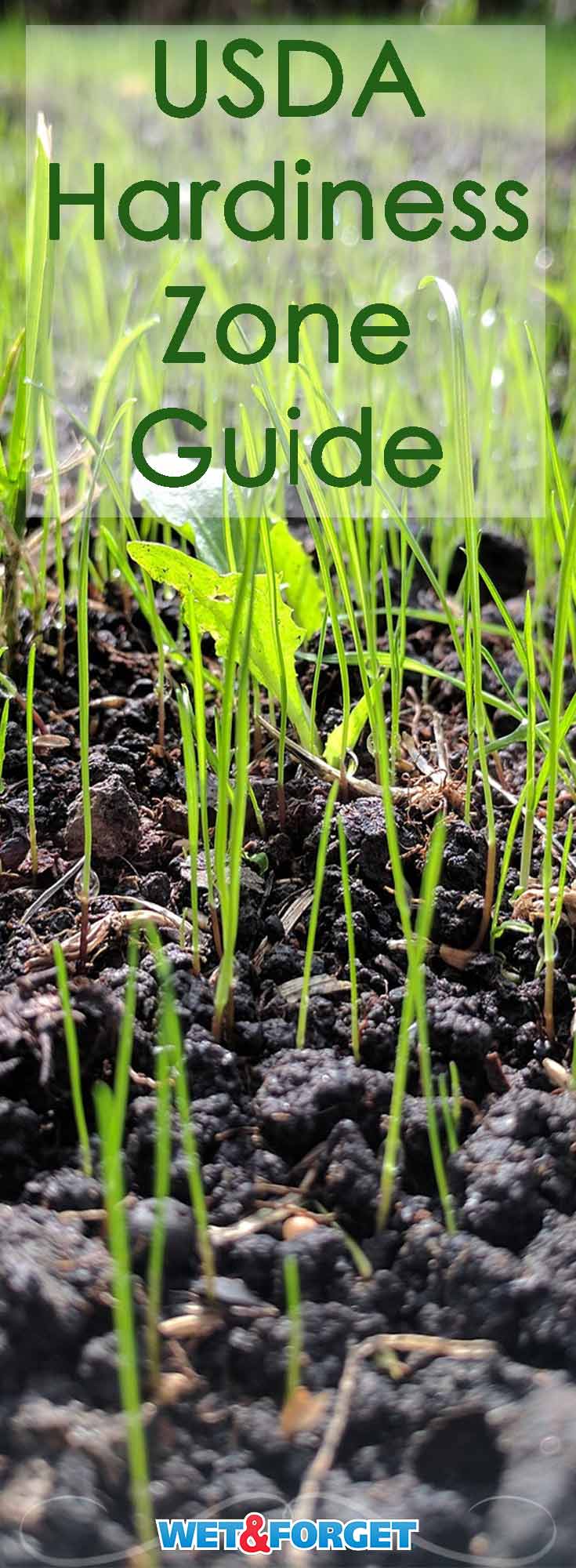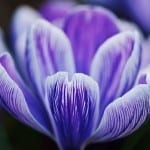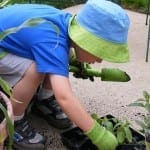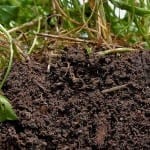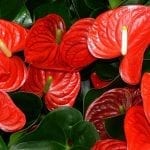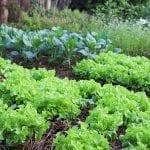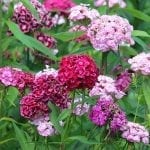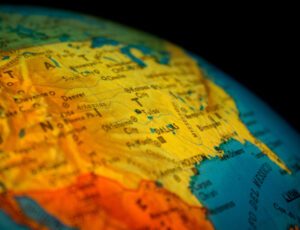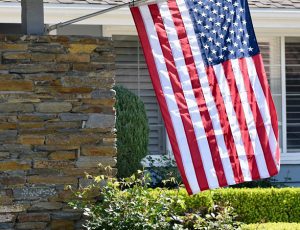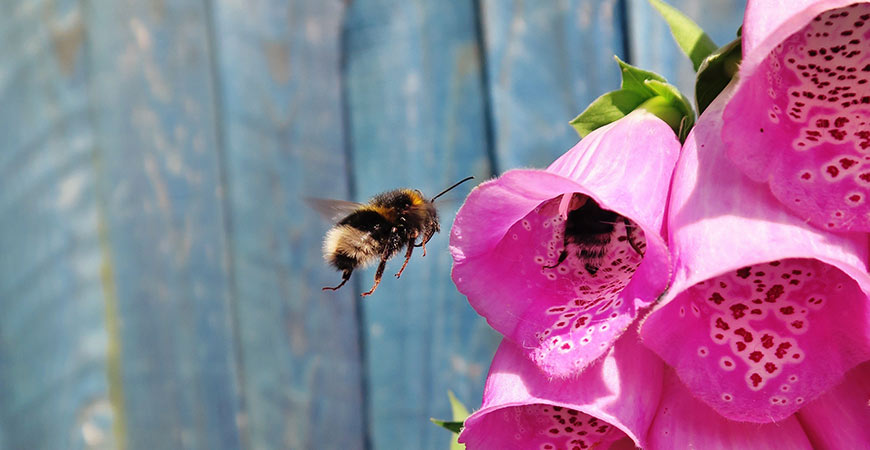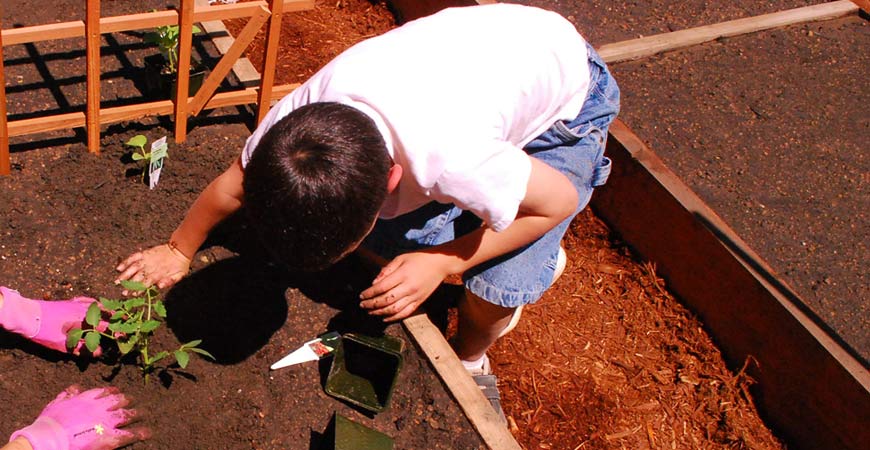
Learn Your Hardiness Zone and Take the Doubt out of Spring Planting!
Whether you’re planting trees, shrubs, vegetables, or perennials, the climate is key when choosing what to plant. Everyone knows that you can’t grow an orange tree in Minnesota or a wheat field in South Florida, but most plants have a pretty big gray area. The hardiness zone of the area determines this.
Pick the wrong plant for your climate, and you’ll waste time, money, and effort. And now that you can order so many seeds and plants online, knowing what you can grow where you live is more important than ever.
The USDA is here to help! Read to learn about USDA hardiness zones and use them to take the guesswork out of your spring planting.
What are USDA Hardiness Zones?
The USDA developed a system of planting zones to help you determine which plants are suitable for your climate. For example, which kind of garlic can you grow in Georgia, and how far north can you plant azaleas?
While you can grow plants with various water needs by changing your planting arrangement or giving them extra water, you can’t do anything about the temperatures where you live.
Temperature extremes can rapidly kill plants that aren’t well suited for the environment. This can leave you frustrated and wasting the money you spend on plants or seeds.
That’s why the UDSA developed their hardiness zones based on each area’s average annual extreme minimum temperature (AAEMT). The USDA compiled temperature data over several years (1976-2005) and created a map of numbered zones.
Each number represents a 10-degree range of AAEMT. Colder areas have lower hardiness zone numbers, while hotter areas have higher numbers. For example, parts of Alaska fall into hardiness zone 1, with an AAEMT of -60 to -50 degrees Fahrenheit, while zone 13 is in Puerto Rico and has an AAEMT of 60 to 70 degrees Fahrenheit.
Each zone is divided into “a” and “b,” representing 5-degree temperature ranges.
How to Determine a Plant’s Zone and what it Tells You
When you buy a plant or a packet of seeds, check the label for USDA hardiness zone information. It will give you a range of hardiness zones where the plant will thrive; for example, it may say “USDA hardiness zone 3b to 6a”.
Suppose you don’t know which zones a plant is suited for. In that case, the National Gardening Association’s plant finder is an excellent online resource for hardiness zones and other important plant information, such as how much water and sunlight the plant needs. You can also ask at your local nursery or gardening center.
The size of the plant’s hardiness zone range will tell you how temperature-sensitive the plant is. Some plants, such as the grandiflora hydrangea, have large ranges (4a to 9a), while others, such as shellflower ginger, are only hardy in limited temperature ranges (8b to 11a).
If your zone is at the edge of a particular plant’s range, you are more likely to need to protect the plant during more extreme years. For example, if you live in central Minnesota (zone 4a) and want to grow grandiflora hydrangeas, you will probably need to insulate the plants most winters.
How to Find Your USDA Hardiness Zone
Finding your USDA hardiness zone has never been easier. Go to the USDA’s website and use their interactive map.
Just click on your state, and a window will pop up that is color-shaded to show you the hardiness zone of each part of the state.
USDA Hardiness Zone Limitations
While USDA hardiness zones are a very useful tool for gardeners, they are a better guide in some areas than others. The National Gardening Association (NGA) warns that, while USDA hardiness zones are very useful for the eastern U.S., they aren’t as dependable in the West.
The NGA says elevation and precipitation in the West greatly impact plant hardiness. The hardiness zone system doesn’t account for this because it is based solely on temperature. Hardiness zones also don’t account for things like the freeze-thaw cycle, soil drainage during cold periods, and protective snow cover.
Every system has its limitations. In medicine, the body mass index (BMI) system is a useful tool for measuring obesity. Still, it’s inaccurate in bodybuilders or people with very low muscle mass because it only uses a height/weight ratio.
But, just like BMI, the USDA hardiness zone system is a very useful tool for gardeners who know how to use it. And now you do!
Photo courtesy of USFS Region 5.


